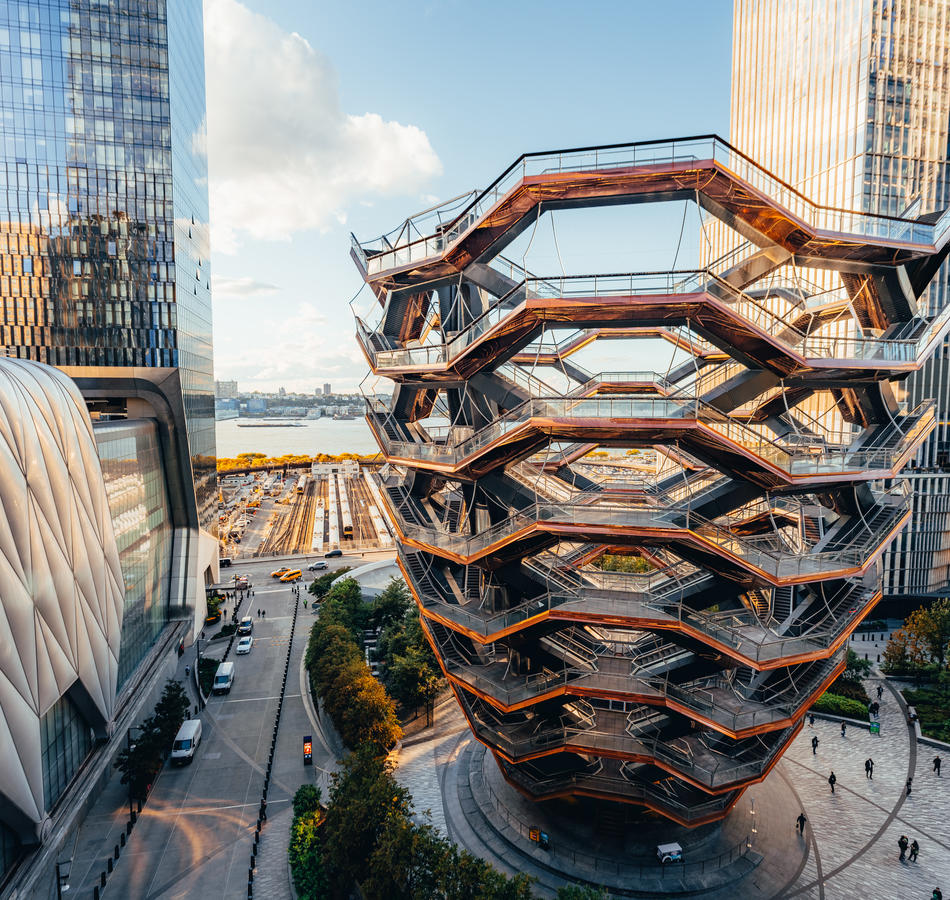8.2 The International Style and Brutalism & 8.3 Late 20th and 21st Century Styles
1/30
There's no tags or description
Looks like no tags are added yet.
Name | Mastery | Learn | Test | Matching | Spaced |
|---|
No study sessions yet.
31 Terms
International Style
Bauhaus style in the United States
symbolism of capitalism
“Less is more” - volume over mass, the use of lightweight, mass-produced, industrial materials
Charles-Édouard Jeanneret (Le Corbusier)
Villa Savoye (int)
"the Five Points of a New Architecture"
raise on slender pilotis
free floor plans from load bearing walls
free facade
full ribbon windows
flat roof gardens
Unité d’Habitation (brut)
The church of Notre Dame du Haut (brut)

Ludwig Mies van der Rohe
The German Pavillon
volume not mass
exquisite execution of proportions, precise details, and opulent materials rather than applied ornament for beauty
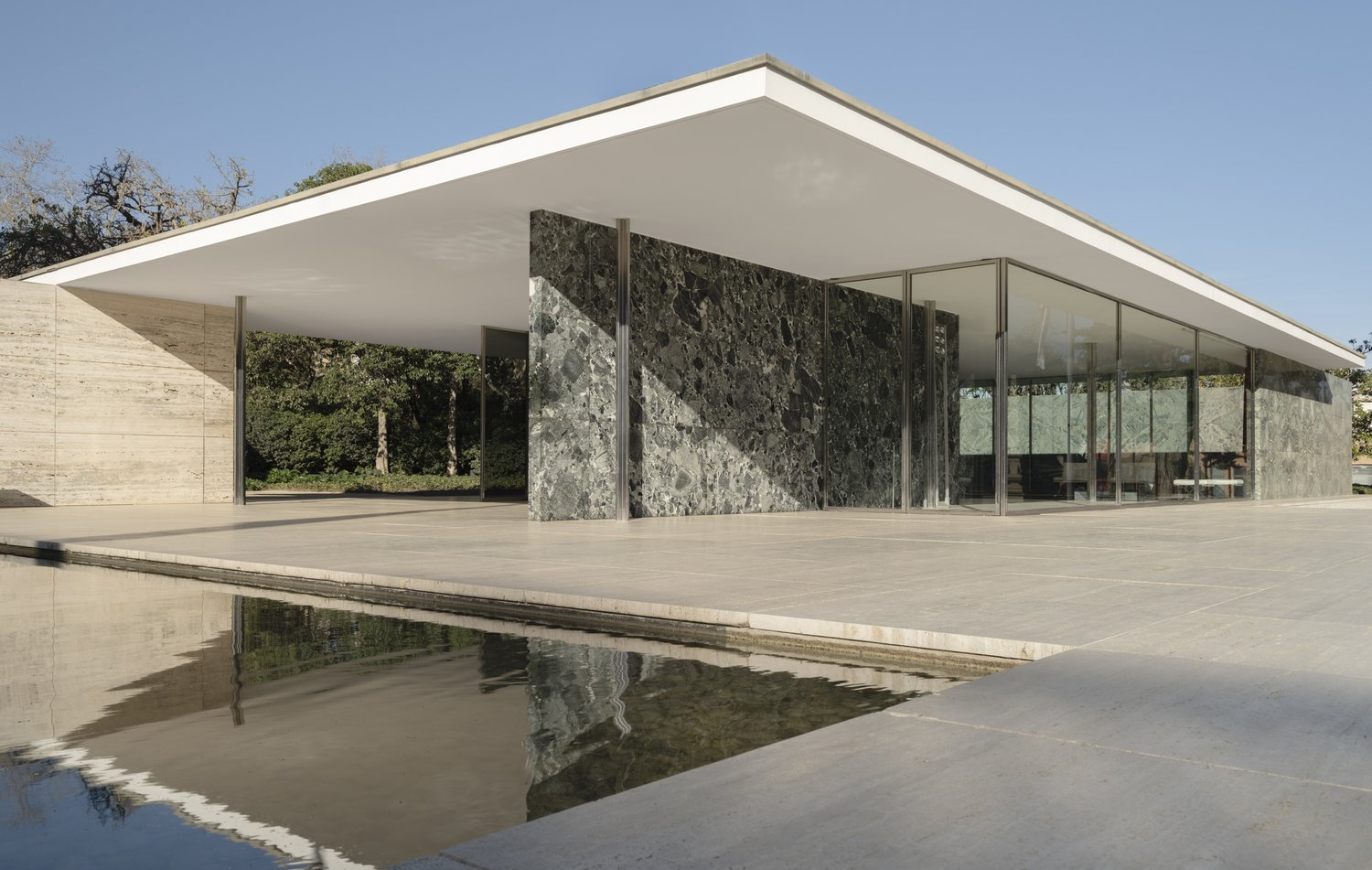
Brutalism
‘Béton brut’ (raw concrete) from Le Corbusier, who designed the Cite Radieuse in Marseilles
rough, unfinished surfaces, unusual shapes, heavy-looking materials, straight lines, and small windows.
Louis Khan
created a monumental and monolithic style; his heavy buildings, for the most part, do not hide their weight, their materials, or the way they are assembled
Phillips Exeter Academy Library
Salk Institute for Biological Studies

Leandro Locsin
National Artist of the Philippines for Architecture
Filipino architect, artist, and interior designer known for using concrete, floating volume, and simplistic design in his various projects
The Tanghalang Pambansa of the Cultural Center of the Philippines
Ninoy Aquino International Airport Terminal 1
Church of the Holy Sacrifice, University of the Philippines, Diliman

Neo-Expressionism
loosely based on the German Expressionist movement from the early 20th century.
The architecture is meant to evoke an emotional, not an intellectual response
sculpture-like and theatrical in appearance. Strict geometric shapes are rejected, and sculpted forms emerge
Innovations in building materials such as concrete, plastics, and laminates are often incorporated into the design to achieve artistic forms.
3 main streams: Lyrical, neoclassical, Futuristic
Lyrical Expressionism
association with the organic world, emphasizing the lightness and immateriality of structures
TWA Terminal, JFK International Airport by Eero Saarinen
Solomon Guggenheim Museum in New York by Frank Lloyd Wright
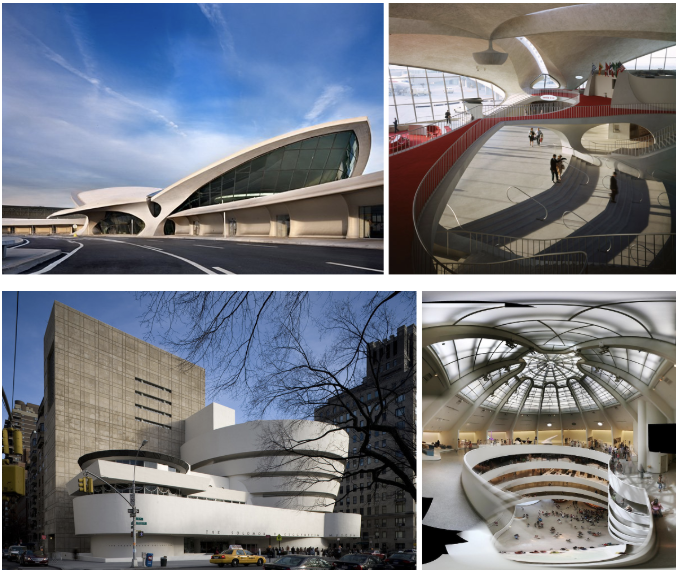
Neo-classical Expressionism
uses new forms to emphasize the soaring & dynamic structure
St. Mary’s Cathedral by Kenzo Tange
Liverpool Metropolitan Cathedral by Frederick Gibberd
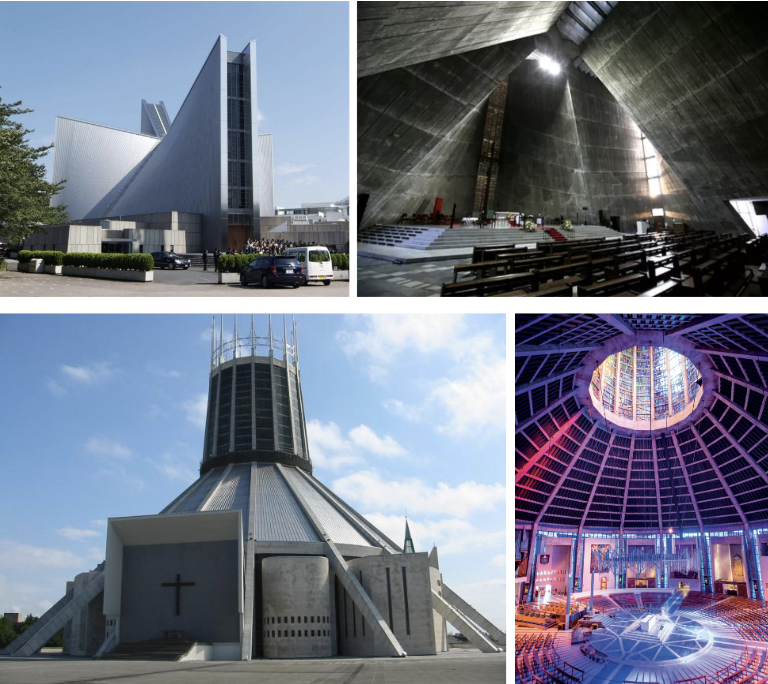
Futuristic Expressionism
derives from the tradition and fascination of streamline-aerodynamic forms.
The Theme Building by James Langenheim
Space Needle by Victor Steinbrueck
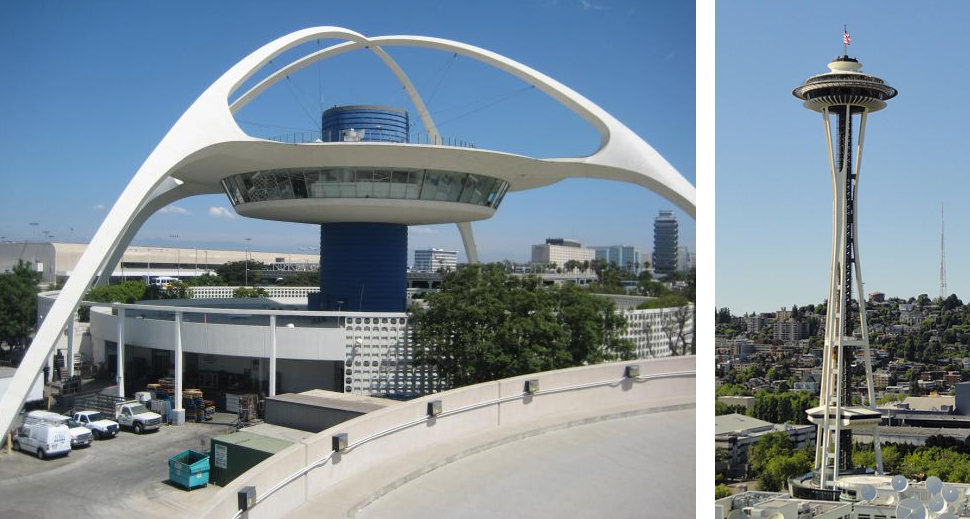
Googie Architecture
post-World War II futurist architecture influenced by car culture, jets, the space age, and the atomic age
popular among motels, coffee houses, and gas stations
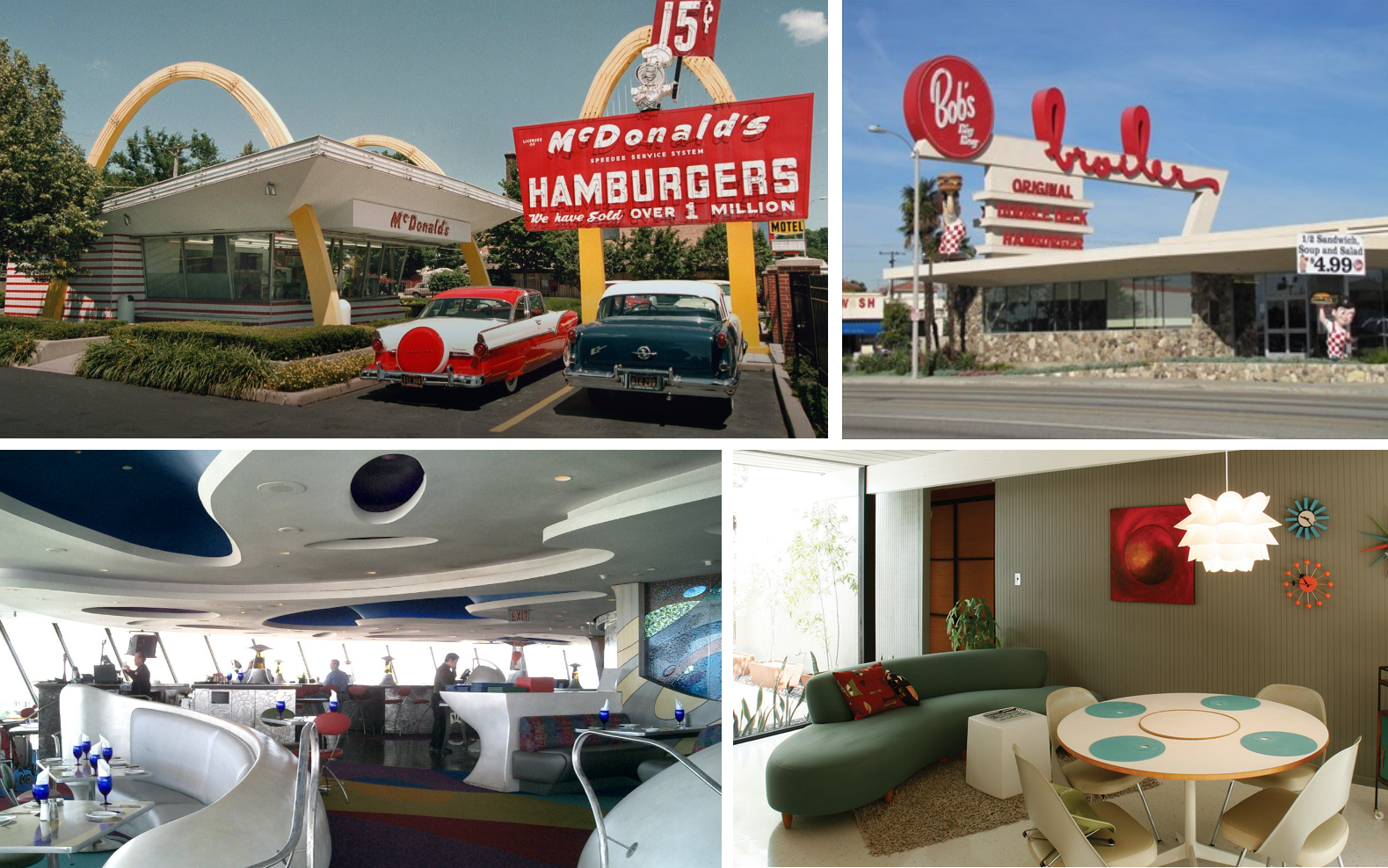
High Tech Architecture
structural expressionism
aimed to achieve a new industrial aesthetic inspired by technological progress and the computerization of industry
traditional construction methods (like brickwork) are abandoned in favor of new materials and techniques, such as steel, light metal panels, glass, and plastic derivatives.
Lloyds of London by Richard Rogers
Centre Georges Pompidou by Renzo Piano and Richard Rogers
Bank of China Tower by I.M. Pei
HSBC Headquarters and interior, Hong Kong, by Sir Norman Foster
Burj Al Arab by Tom Wright

Critical Regionalism
a reaction to a ‘placelessness’ and lack of identity inherent in much modern architecture that has been exacerbated by the globalization of culture, styles, and brands.
the stylings of critical regionalism seek to provide an architecture rooted in modern tradition and tied to geographical and cultural context
Oscar Niemeyer
The Palácio da Alvorada
Cathedral of Brasília
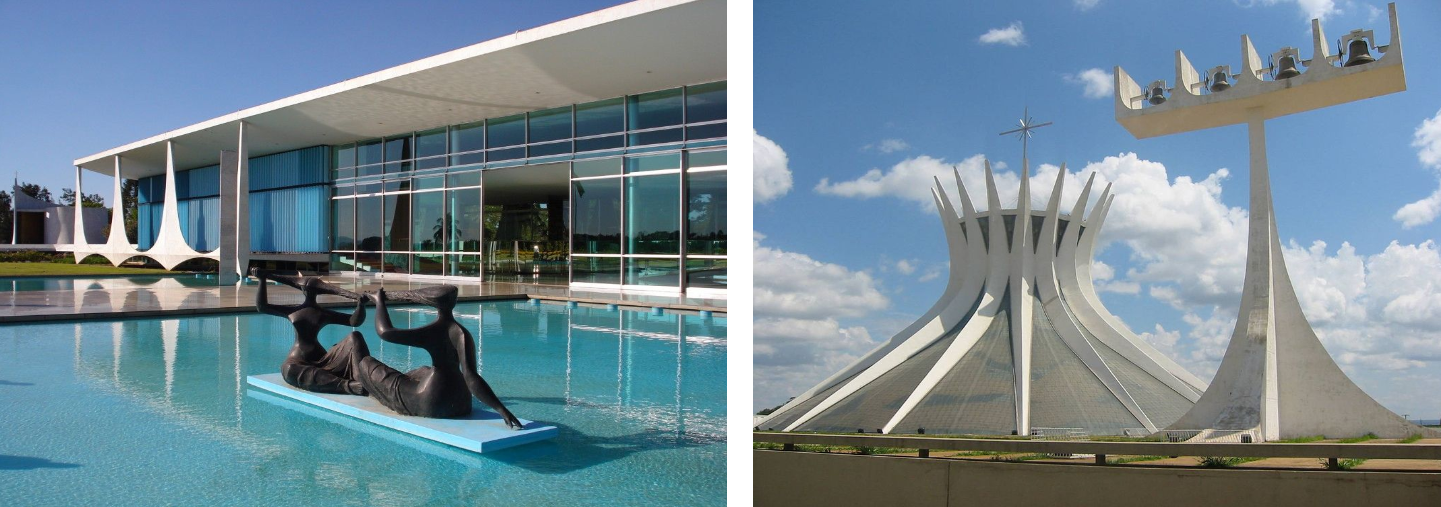
Jørn Utzon
sydney opera house
Tadao Ando
Row house in Sumiyoshi
Church of the Light

Mario Botta
San Francisco Museum of Modern Art
Church of Saint John the Baptist in Mogno

Postmodernism
a reaction against modernism, its rigid doctrines, uniformity, and perceived lack of local and cultural context
highly decorative, whimsical, and kitsch aesthetic, above all, refusing to draw inspiration solely from a single source and often focusing on form over function
structural designs that are based on forms that are non-architectural
often praised for its eclectic and joyful style, although some find it ugly, superficial, and derivative
Philip Johnson
550 Madison Avenue
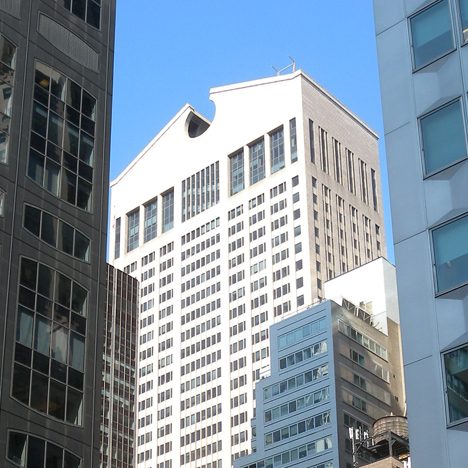
Robert Venturi
“less is a bore”
Vanna Venturi House
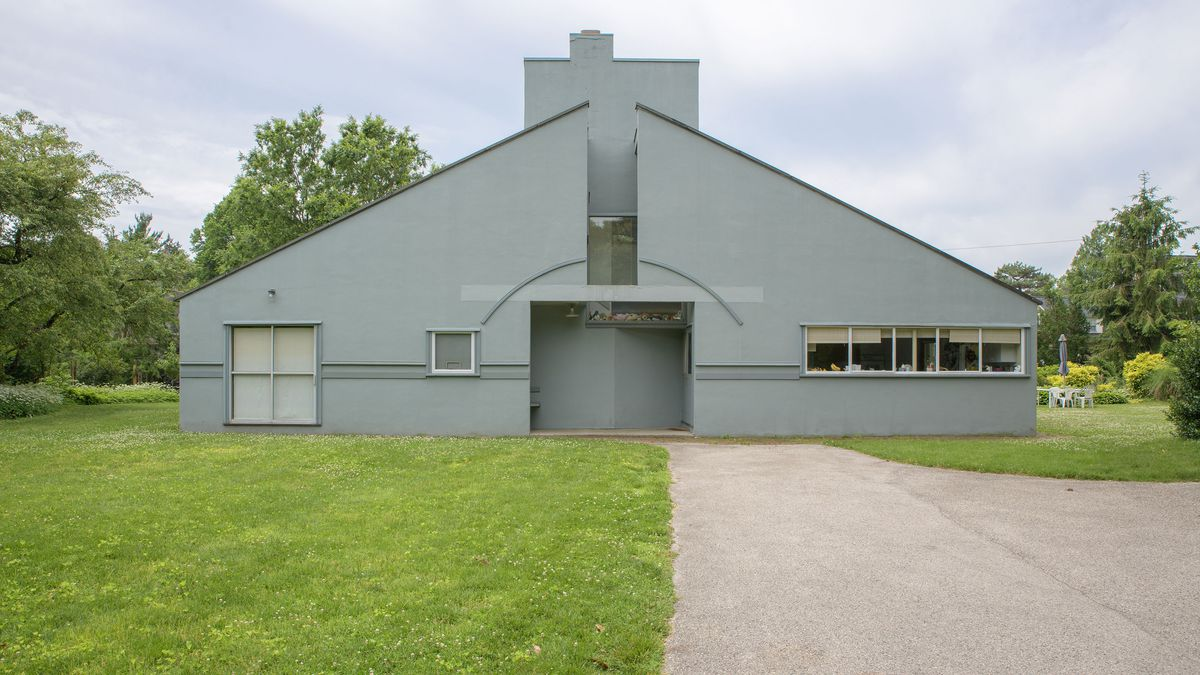
Michael Graves
Team Disney HQ, California
Denver Public Library

Deconstructivism
characterized by fragmentation and manipulating a structure’s surface
often formed of components that have been disassembled and reassembled in a new and unorthodox way
Frank Gehry
The Dancing House, Prague
Guggenheim Museum, Bilbao, Spain

Zaha Hadid
Vitra Fire Station
Museo nazionale delle arti del XXI secolo (National museum of 21st-century arts)

Daniel Libeskind
The Imperial War Museum
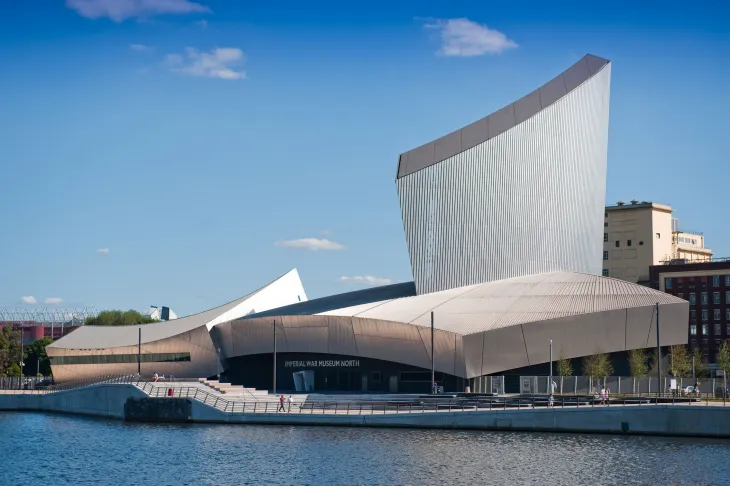
Rem Koolhaas
Seattle Central Library
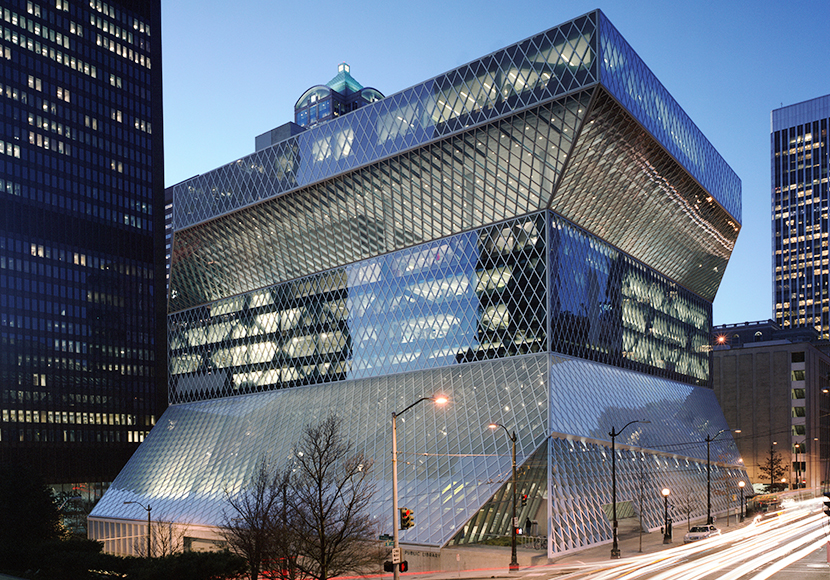
Blobitecture
style of postmodernist architecture characterized by organic, rounded, bulging shapes
non-geometric structures heavily depends on using CAD software
Eden Project by Nicholas Grimshaw
Museum of Pop Culture by Frank Gehry
Kunsthaus Graz by Peter Cook and Colin Fournier
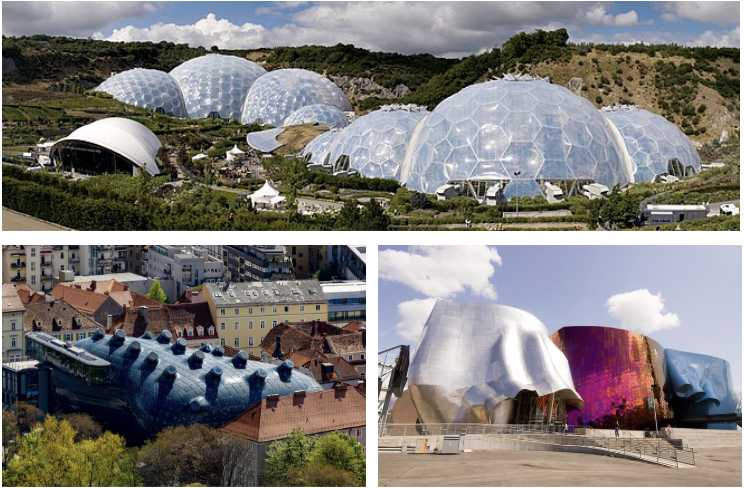
Parametricism
contemporary avant-garde architecture, promoted as a successor to Modern and Postmodern architecture.
based on the constraints in a parametric equation, hence relying heavily on programs, algorithms, and computers to manipulate equations for design purposes
works by Zaha Hadid:
Dongdaemun Design Plaza
Heydar Aliyev Center
Guangzhou Opera House

Neo-Futurism
represents an idealistic belief in a better future
futuristic rethinking of aesthetics and functionality of design in growing cities
inspired partly by Futurist architect Antonio Sant'Elia
Nanjing International Youth Center, Beijing Daxing Int’l Airport by Zaha Hadid

Santiago Calatrava
Milwaukee Art Museum
L’Hemisferic, City of Arts and Sciences
The Oculus Transportation Hub
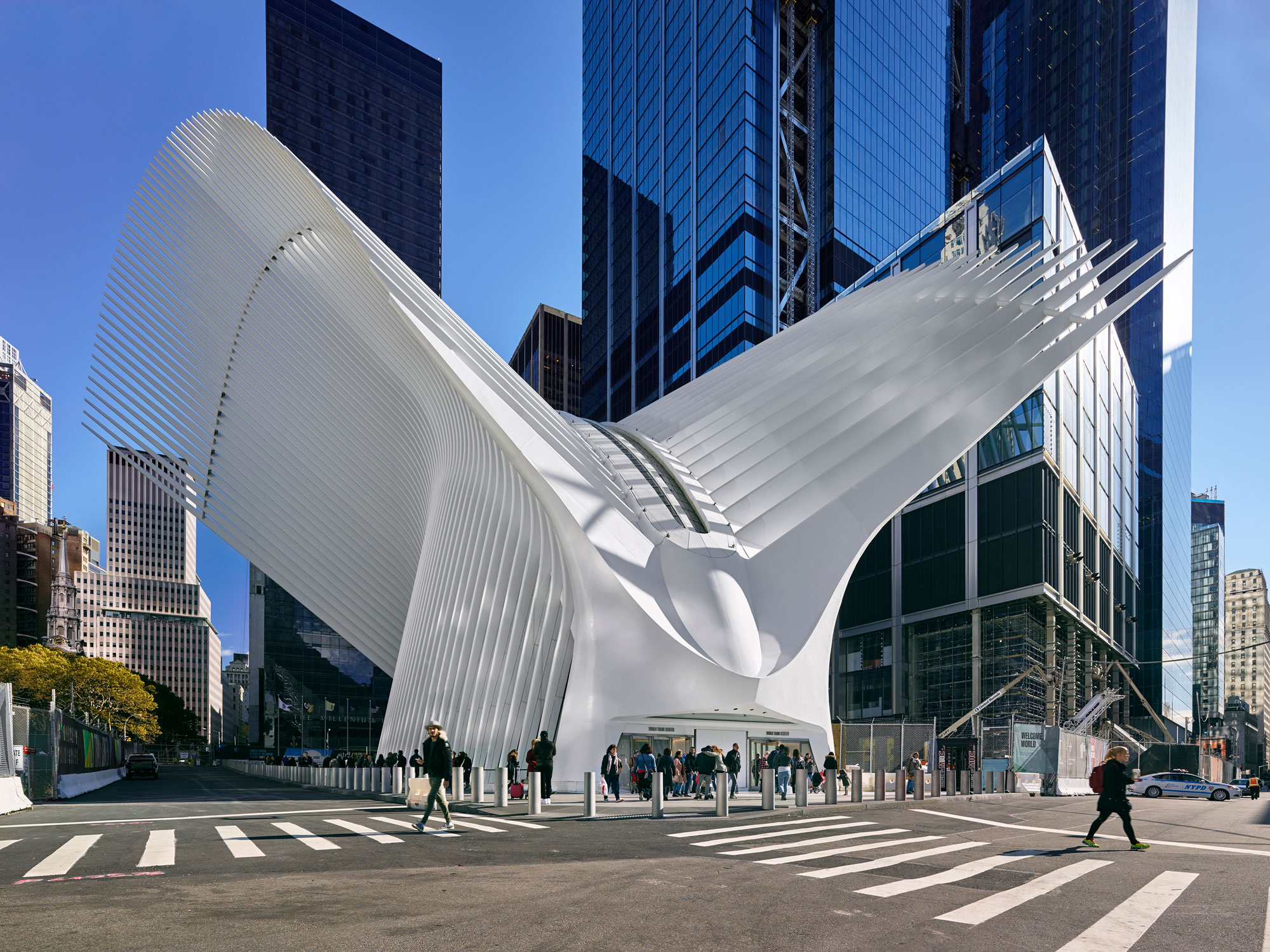
Thomas Heatherwick
The Vessel at Hudson Yards
